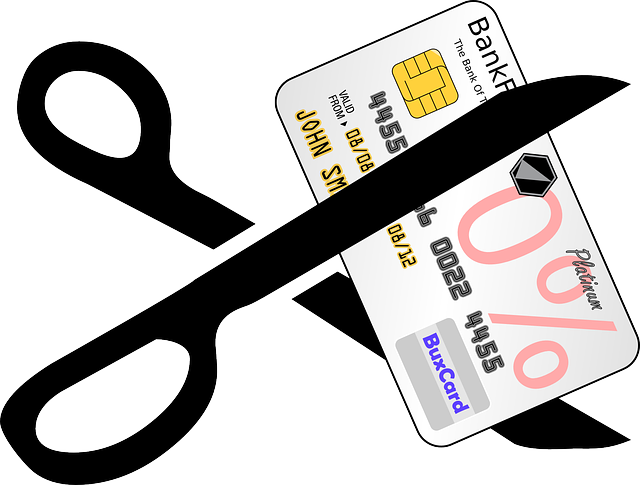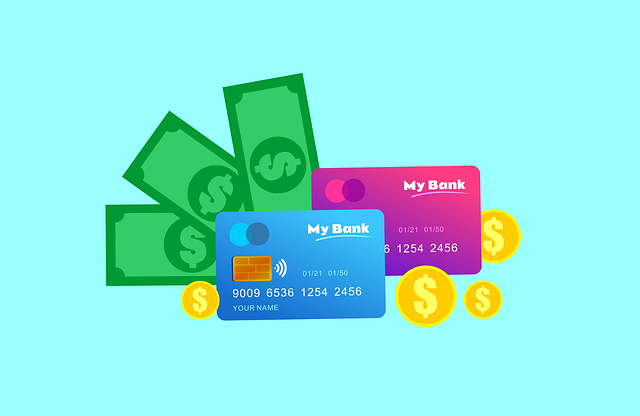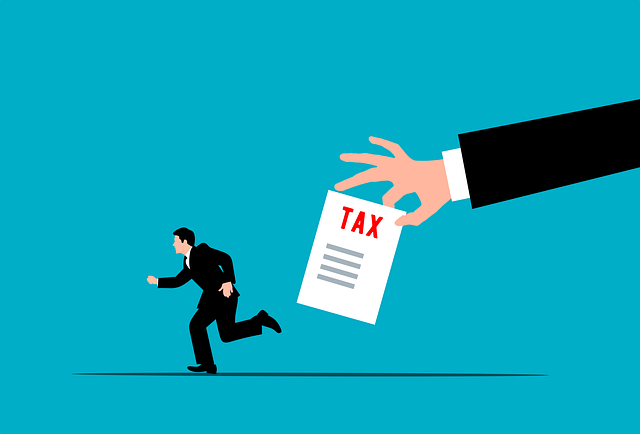Debt restructuring for individuals in South Africa offers a lifeline for managing and overcoming overwhelming financial burdens, providing solutions like lower interest rates, extended repayment periods, or debt consolidation. Driven by high living costs, limited credit access, unemployment, and insufficient financial literacy, debt among South Africans is complex, pushing many to expensive alternative lending options. Debt restructuring helps individuals regain control, break free from debt cycles, improve credit scores, and foster healthier monetary habits. The process involves a financial assessment, creditor negotiations, structured plans, legal documentation, and professional assistance. Depending on the debt threshold (R1 million), solutions range from flexible negotiations for smaller debts to complex strategies like asset liquidation or insolvency for larger amounts. Success stories abound of individuals reclaiming control over their lives through creative debt management.
Struggling with debt? You’re not alone. Many South Africans face financial challenges, but there’s a powerful tool that can help: Debt Restructuring for individuals. This comprehensive guide explores how restructuring your debts can offer a fresh financial start. We delve into the common causes of individual debt in South Africa, outline the benefits of restructuring, provide a step-by-step process, and share inspiring success stories. Regain control of your finances – discover the power of debt restructuring today.
- Understanding Debt Restructuring: A Fresh Financial Start
- Common Causes of Individual Debt in South Africa
- Benefits of Restructuring: Reclaiming Your Monetary Freedom
- The Process: Step-by-Step Guide to Debt Restructuring
- Choosing the Right Option: Debts Under or Over R1 million
- Success Stories: Real-Life Transformations Through Debt Restructuring
Understanding Debt Restructuring: A Fresh Financial Start

Debt restructuring for individuals in South Africa offers a much-needed respite and a chance at a fresh financial start. It’s a strategic process where your debts are rearranged to make them more manageable, often through renegotiated terms with creditors. This can involve lower interest rates, extended repayment periods, or even debt consolidation into a single, more affordable payment.
By restructuring your debt, you gain control over your finances. It helps improve your credit score over time and reduces the stress associated with overwhelming debt payments. This process allows individuals to breathe new life into their financial health, setting them up for better monetary decisions in the future.
Common Causes of Individual Debt in South Africa

Individual debt in South Africa often stems from a combination of factors, each with its own unique impact on financial stability. Firstly, high cost of living is a significant contributor; everyday expenses such as housing, utilities, and food can strain budgets, especially for low- to middle-income earners. Furthermore, access to credit has historically been limited, pushing many South Africans to rely on expensive alternative lending options when facing unexpected costs or financial emergencies.
Unemployment rates also play a crucial role in the rising debt levels across the country. Job insecurity and stagnant wages have made it increasingly difficult for individuals to keep up with their financial obligations. Additionally, lack of financial literacy and education contributes to poor borrowing decisions, leading many people into cycles of debt. Debt restructuring becomes an essential tool for South Africans seeking to regain control of their finances by addressing these complex underlying causes.
Benefits of Restructuring: Reclaiming Your Monetary Freedom

Debt restructuring for individuals in South Africa offers a lifeline to those struggling under the burden of debt. By reorganizing their financial obligations, individuals can reclaim monetary freedom and regain control over their finances. This process allows borrowers to pay off debts more effectively by adjusting repayment terms, interest rates, or both.
One of the key benefits of debt restructuring is the opportunity it provides to break free from the cycle of borrowing and spending. Through extended repayment periods and lower monthly payments, individuals can ease financial stress and avoid defaulting on their loans. This not only improves credit scores but also fosters a healthier relationship with money, encouraging responsible financial management in the long term.
The Process: Step-by-Step Guide to Debt Restructuring

Debt restructuring for individuals in South Africa involves a strategic approach to managing and reducing debt burdens. The process begins with an honest assessment of financial situations, including all sources of income and existing debts. This step is crucial as it helps identify areas where adjustments can be made to free up cash flow. Once clarity is established, individuals can start negotiating with creditors, which may involve requesting lower interest rates, extending repayment periods, or even writing off a portion of the debt.
A structured plan is then formulated, detailing each creditor, the proposed new terms, and revised repayment schedules. This plan should be realistic, considering current financial capabilities and future projections. After agreement is reached with creditors, legal documentation may be required to formalize the restructuring. It’s advisable to seek professional assistance during this process to ensure all legal bases are covered and to maximize the benefits of debt restructuring.
Choosing the Right Option: Debts Under or Over R1 million

When considering debt restructuring in South Africa, one key distinction lies in the threshold value of debts—R1 million. For individuals with debts below this amount, options like debt restructuring and negotiating with creditors are viable paths to financial recovery. This approach allows for more flexibility, as it often involves renegotiating terms directly with lenders, potentially reducing interest rates and extending repayment periods.
For debts exceeding R1 million, the process becomes more complex, but there are still specialized debt restructuring services available. These cases may require a comprehensive strategy that considers asset liquidation, business restructuring (if applicable), or even personal insolvency proceedings. The goal is to find a sustainable solution that aligns with the individual’s financial capabilities and legal framework within South Africa.
Success Stories: Real-Life Transformations Through Debt Restructuring

Debt restructuring has been a lifeline for countless South Africans grappling with overwhelming financial burdens. Real-life success stories abound, showcasing how individuals have transformed their lives through this strategic process. Many have managed to pay off substantial debts within manageable timeframes, regaining control over their finances and improving their overall quality of life.
These transformations often involve creative solutions tailored to each individual’s unique circumstances. Some have consolidated multiple debts into single, lower-interest loans, making repayment more accessible. Others have negotiated with creditors for reduced rates or extended terms, easing the financial strain. Through persistent commitment and expert guidance, these South Africans have not only achieved debt freedom but also built a solid financial foundation for their future.
Debt restructuring isn’t just an option—it’s a powerful tool for South Africans seeking financial freedom. By understanding your debt, causes, and available options, you can reclaim control over your finances. The process offers numerous benefits, from reduced stress to improved credit scores. Whether your debts are under or over R1 million, there’s a suitable restructuring strategy waiting to transform your monetary landscape. Success stories abound, proving that with the right approach, debt restructuring can be life-changing. Take the first step towards financial wellness today.

